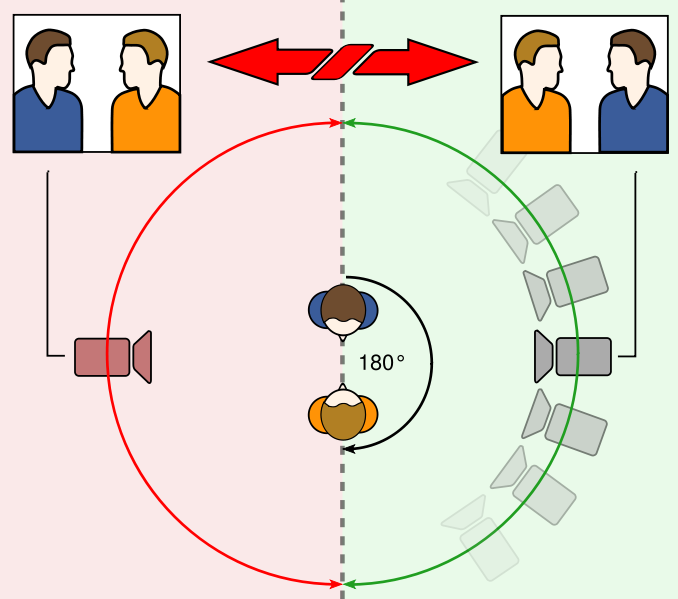For our main task we chose the genre of a psychological thriller. To prepare us on how to achieve this genre, we studied the opening of films with a same genre to help us succeed in creating a similar one. Different films that we looked at created different responses as an audience, for example intriguing the audience as to the upcoming plot of the film, or a disturbing reaction also sceptical as to what is going to occur throughout the film.
Like many films within the media, female main characters are often portrayed as vulnerable and are essentially the victim within a lot of psychological thrillers. We used this same idea as we felt that it would be better and easier to present a character which is distressed and naive straight away.
However, we also challenged the stereotypical view of a teenage girl, particularly of her untidy appearance. For example, by giving her a hobby of playing classical music on the piano is perhaps not associated with a young girl, who does not fit the image of having an elegant talent such as this. We purposely chose to challenge this idea presented by the media, but not to the extent where we created a character that the viewer no longer had a connection with. We were careful not to reflect a character which would not be likely to exist, making the audience lose interest due to no link.
We were influenced by this successful technique and decided to develop on this technique, therefore we used modern piano music that linked with our opening sequence. The piece was influenced by the Italian pianist Ludovico Einaudi, whose pieces are associated with the series of 'This Is England'. The song "Nuvole Bianche" was played during a disturbing rape scene within the series, which added to the intensity. Because of this, Bethan improvised a similar piece on the piano to include in our opening scene. We felt that in doing this would hopefully achieve a similar effect, in creating an intense atmosphere, which would be instantly associated with that of a typical thriller genre. As a group, we thought that appropriate music for our opening sequence is one that has an immediate reaction on the audience, impacting on their mood giving the sense of a thriller. Many films of different variety of genres use classical music to capture the audience for different desired effects required from the director. It was also practical to have a person in the group that could play the piano, as rather than relying on other people outside of the group to perform on days which suited them, we were able to record the performance during media lessons which saved a lot of time and hassle.
To help distinguish the main character as being a typical loner, all the scenes are taken place in remote places with no passers by in the dull, quiet back streets, and empty area of the park. The camera shot from behind the tree observing the main character from behind as she sits by herself on the bench, also shows her to be alone, giving the sense that she is being watched by a mysterious figure who does not want to be found. This was developed, as when the main character turns around suspiciously, the camera jolts back to behind the tree, acting as a point of view shot from the unknown person that appears to be stalking her.
Moreover, after observing the film 'Brick' which inspired our ideas for our main task, we also thought that it was effective to have very little dialogue in the opening sequence. This matched the silence, and thrilling aspect of our genre of film which we were trying to achieve. Likewise, this influenced our decision to have our film suitable only for persons over the age of 15 as both of the films below which helped with our creativity, also use this age limit on their films.






